Case 03 Lunar Landing Rover
Introduction
The purpose of this course is to introduce students to the components of the Lunar Landing Rover and the knowledge associated with its operation in a lunar entry glide path. Students will use the micro:bit Space Science Kit to learn how to write a programme to control the operation of the Lunar Landing Rover.

Teaching Objectives
- Knowledge of the structure and mode of operation of the Lunar Landing Rover.
- Learn about the trajectory of the Lunar Landing Rover.
- Learn how the Moon Landing Rover is built and programmed for control.
Teaching Preparations
Materials Requested
 | micro:bit V2 |
|---|---|
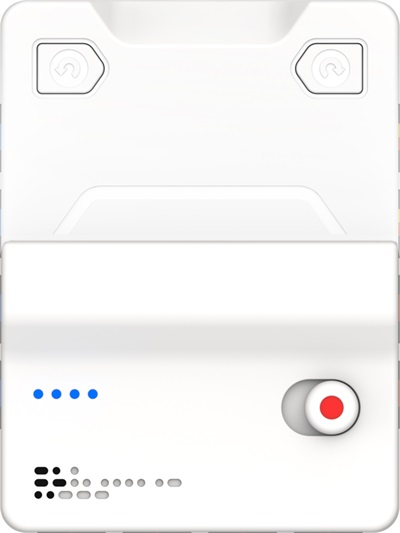 | Nezha Breakout Board V2 |
 | PlanetX Smart Motor |
 | PlanetX Sonar:bit |
 | PlanetX Line Following Sensor |
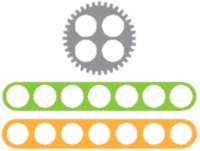 | Bricks Pack |
 | USB Cable |
 | Computer(PC) |
Teaching Process
Introduce
Have you ever thought about what makes up a lunar landing rover and how it operates? In this lesson, we'll explore how to build the Lunar Landing Rover from building blocks and control the operation of the Lunar Landing Rover through a graphical programme.
Ready to explore the world of space travel with the micro:bit Space Science Kit? Now, let's embark on this fun learning journey!
Exploration Activity
- How do you build a moon landing rover?
- What if you wrote a simple programme to make a moon landing rover work?
- How does a lunar rover avoid meteorite debris in space?
Case Study
Based on the existing forms and components of moon landing rover, please open up the discussion and rationalise the design of a building block moon landing probe.
Example










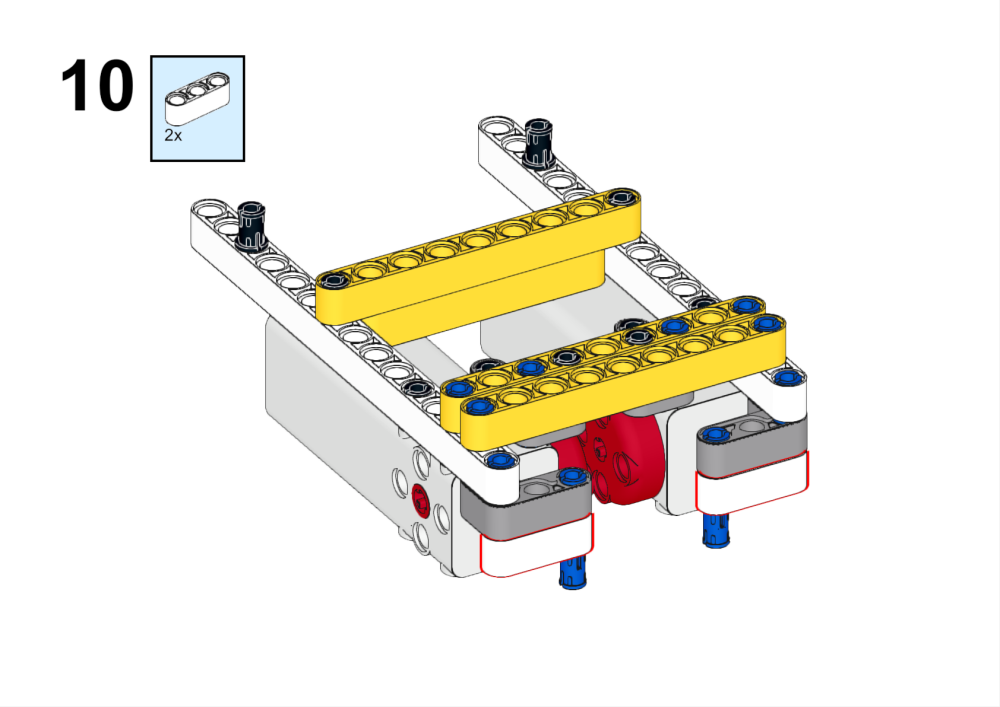
















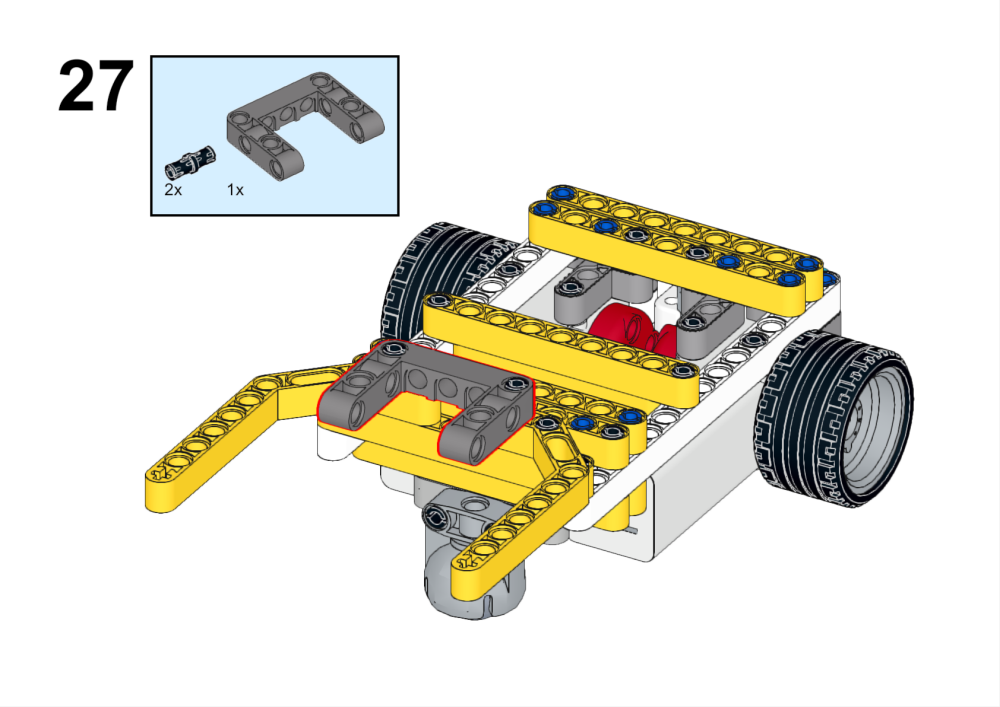



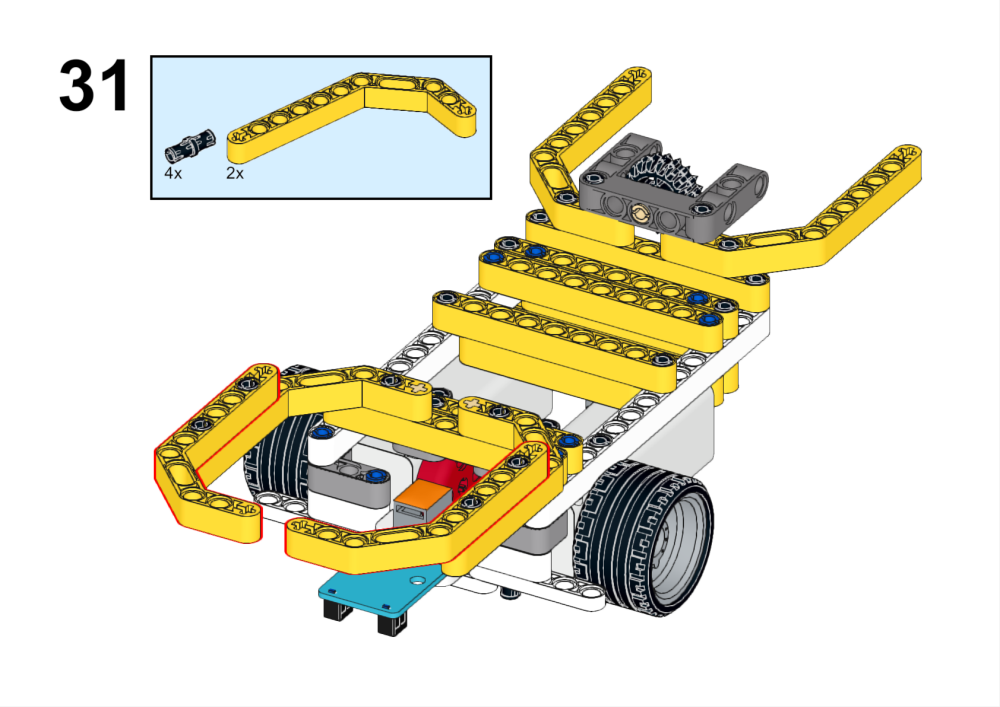

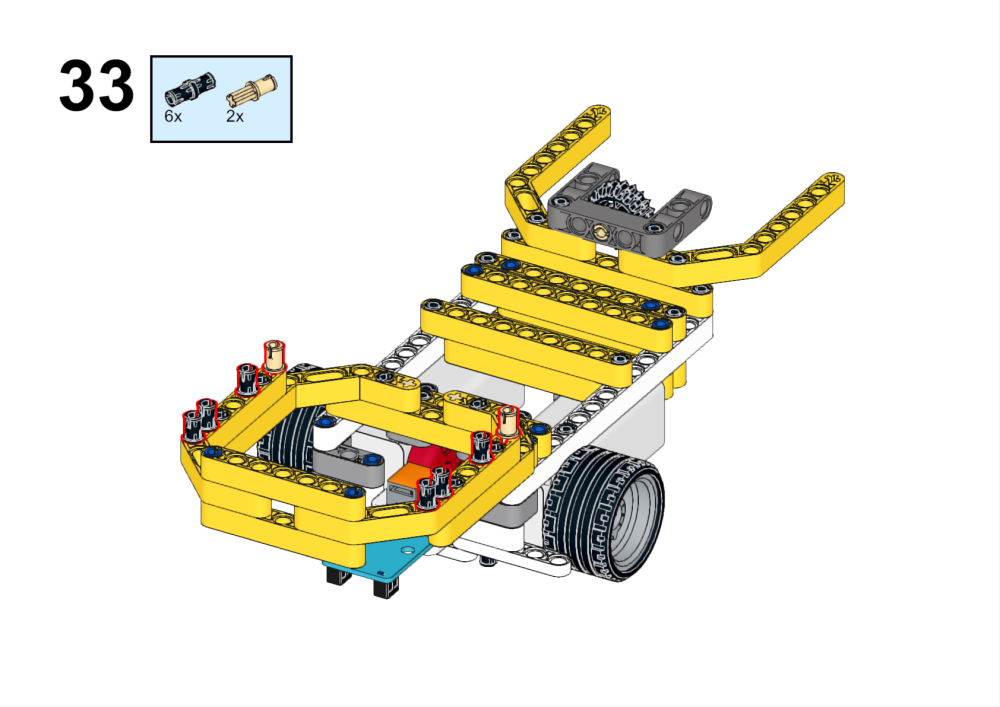







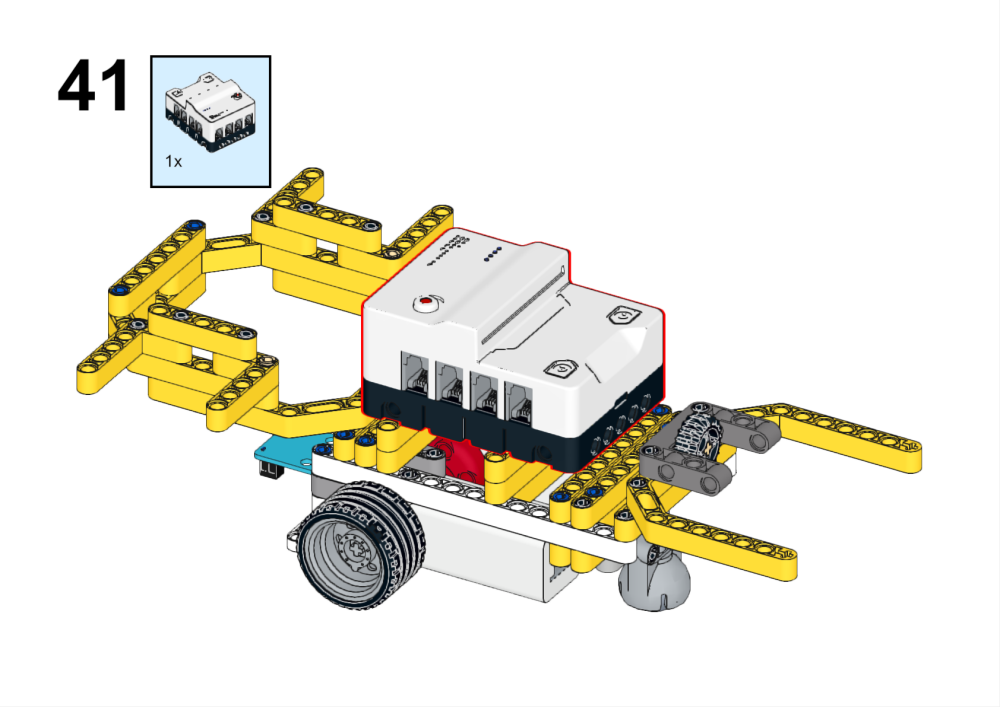






Deploying the orbit point marker for the lunar lander release.











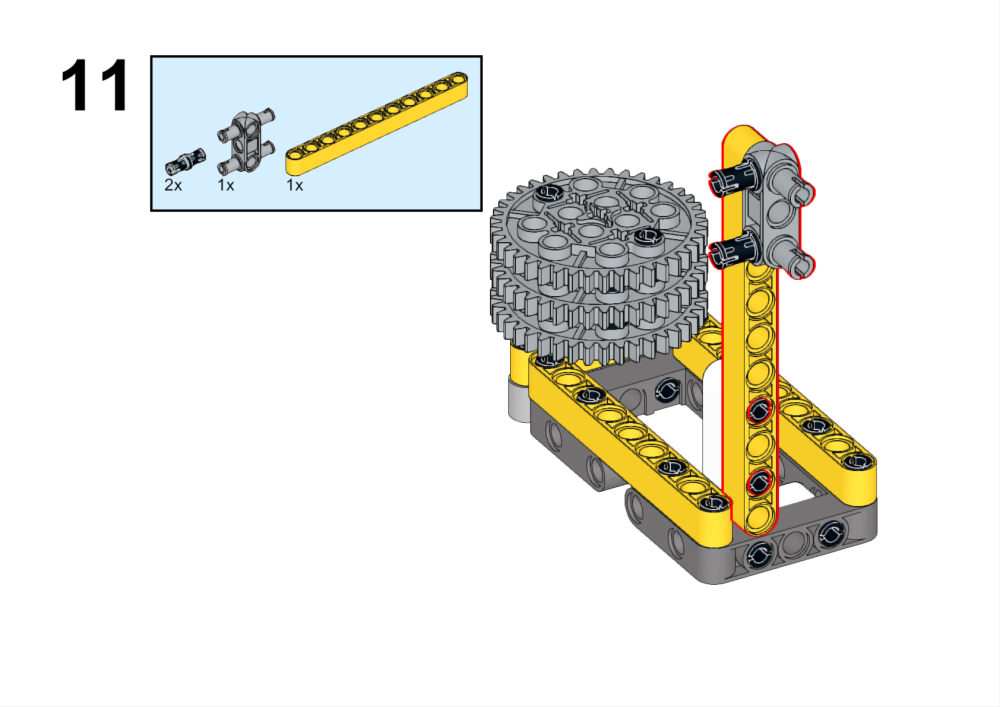




Program
Add Extensions
Go to “makecode.microbit.org", click to create new project.
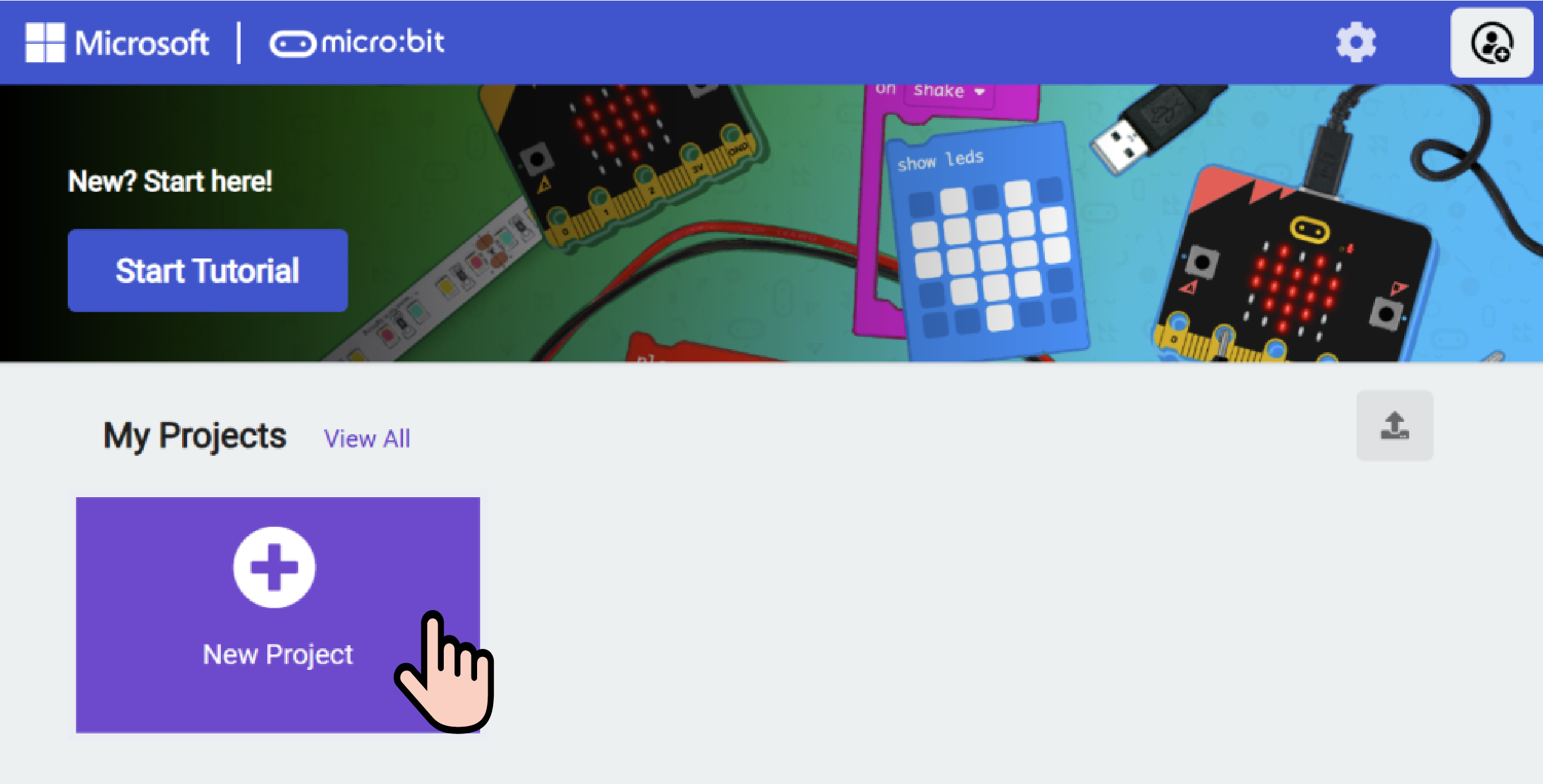
Enter the project name in the pop-up window and click Create.

Click on Extension in the code drawer.

Type nezha2 in the popup and click on the search icon, click on the nezha2 repository when it is displayed. Load the PlanetX library in the same way.

Component Connection
Please refer to the wiring diagram below to connect the components to the corresponding interfaces.

Sample Code

Link:https://makecode.microbit.org/_e329vvKt0cub
 *Please adjust the speed of the PlanetX Smart Motor appropriately for your classroom.
*Please adjust the speed of the PlanetX Smart Motor appropriately for your classroom.
Download the Program
Connect your PC with the micro:bit V2 through the USB cable.

After a successful connection, a disc drive named MICROBIT is recognised on the computer.

Click the left corner  , select Connect Device.
, select Connect Device.

Click  .
.

Click  .
.

Select BBC micro:bit CMSIS-DAP in the pop-up window, and then select Connect, so far, our micro:bit has been connected successfully.

Click on Download programme

Teamwork and Presentation
Students are divided into teams to work together on the creation and programming of the Moon Landing Probe.
Students are encouraged to co-operate, communicate and share their experiences with each other.
Each team will have the opportunity to show the other teams the Moon Landing Probe they have created and demonstrate it.
Expected results:.After startup, the lunar probe coasts along its trajectory, coming to a stop upon encountering an obstacle.

Summarise and Reflect
Review the lesson content to remind students what knowledge and skills they have acquired.
Lead students in a discussion about the problems and difficulties they encountered during the production process and how they solved them.
Guide students to think about the direction of optimisation and improvement of the Moon Landing Probe, e.g. what other interesting cases can be produced.
Extended Knowledge
Lunar landing probes are spacecraft used to explore the surface of the Moon, conduct scientific research and collect data. They can be divided into several types, including impact probes for hard landings, landers for soft landings, lunar rovers (rovers), orbiters, and so on. The following is a detailed description of the components of a lunar landing probe, how they work, and some relevant background.
Components of a lunar landing rover
The composition of a lunar landing probe varies depending on the specific mission, but generally includes the following major parts:
- Lander: Used to achieve a soft landing on the lunar surface, carrying scientific instruments and possibly rovers. The lander is usually equipped with a thrust reverser rocket, landing legs, a buffer system and a navigation and control system.
- Rover (lunar rover): released from the lander and used to move around the surface of the Moon, conduct fieldwork, collect samples, take photographs, carry out geological analyses, etc.
- Orbiter: orbits around the Moon, carries out global remote sensing observations, produces topographic maps, studies the Moon's magnetic field, gravity field and composition, etc.
- Communication system: used to establish contact with the Earth control centre, send data and receive commands.
- Power supply system: Usually solar panels or radioisotope thermoelectric generators (RTGs) are used to provide energy for the rover.
- Scientific payload: includes a variety of scientific instruments, such as cameras, spectrometers, radars, seismometers, magnetometers, etc.
- Propulsion system: for orbit correction, attitude control and landing deceleration.
When the lunar landing probe is detached from the launch vehicle, it relies on the kinetic energy it has previously gained to continue travelling towards the Moon. Once the probe approaches the Moon, it must perform a series of complex manoeuvres in order to be captured by the Moon's gravity and to enter a stable circumlunar orbit. This process is known as "Lunar Capture" and consists of the following main steps:
1. Earth-Moon Transfer Orbit (TMI): The probe first enters an Earth-Moon Transfer Orbit (EMTO) capable of delivering it to the Moon through multiple ignitions of the launch vehicle. This orbit is usually parabolic or elliptical and allows the probe to travel to the Moon with relatively low energy expenditure. 2. 2. Mid-course corrections (MCC): In travelling to the Moon, the probe may need to make mid-course corrections, which are required to adjust its flight path to ensure that it is accurately within the Moon's gravitational influence. These corrections are usually made by means of small thrusters. 3. Lunar Orbit Insertion (LOI): As the probe approaches the Moon, it must perform what is known as a Lunar Orbit Insertion (LOI). This is done by briefly starting the main engines to slow the probe down so that it enters the gravitational range of the Moon rather than flying directly over it. The precise calculation and execution of the deceleration is critical for successful entry into circumlunar orbit. 4. Circumlunar orbital adjustments: After successful entry into circumlunar orbit, the probe may need to further adjust the altitude and inclination of its orbit in order to carry out specific scientific tasks or to prepare for landing. This can be accomplished by orbital manoeuvre burns (Orbital Maneuvers), typically using smaller thrusters to make fine adjustments.
Background
Exploration to the Moon began during the Cold War space race, highlighted by the American Apollo programme and the Soviet Union's Lunar programme. Apollo 11 sent the first human to the Moon in 1969, while the Soviet Union's Luna 2 was the first probe to land hard on the lunar surface.
In recent years, there has been a renewed focus on lunar exploration by several countries and regions, including China, India, Japan, the European Space Agency and private companies such as SpaceX.China's Chang'e series of probes, such as Chang'e-3, Chang'e-4 and Chang'e-5, have achieved major breakthroughs such as soft landings on the Moon, landings on the backside of the Moon and the return of lunar samples, respectively.
The mission of the lunar landing probes is not only scientific research, but also technology validation, resource exploration and future lunar base construction, laying the foundation for mankind's long-term space exploration.